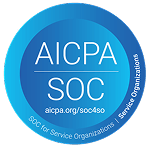Your funding toolkit: What’s available and where to look
Financial support for international students in the U.S. comes from several sources, each playing a role in the bigger picture of your budget. Here’s what you should know:
Scholarships and grants are the gold standard. They don’t require repayment and can significantly reduce the amount you need to borrow. Some awards come directly from your university – targeted at international postgraduates in fields like STEM or public policy – while others are offered by home-country governments and international foundations.
Private education loans fill the gap for most postgraduates. Options include specialized international student loans in the U.S., which consider your program and future potential rather than a long credit history. Others include personal education loans and private lenders that work with your university to offer better rates or flexibility.
Personal savings and family contributions remain a cornerstone for many. While not always enough to cover tuition, these resources help with upfront costs like visa fees and early housing deposits.


